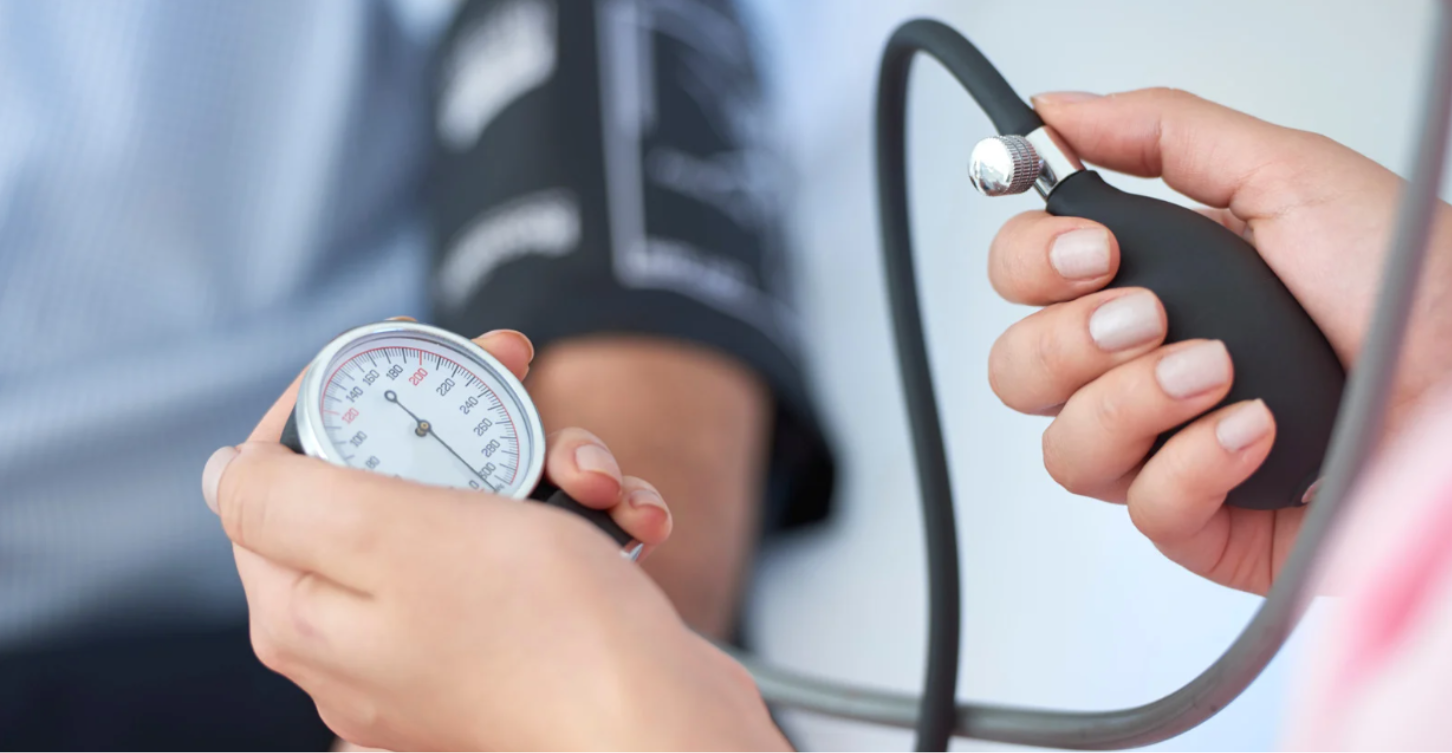Five Ways to Control High Blood Pressure
September 25, 2024
By: Tallahassee Memorial HealthCare
Categories: Heart & Vascular, Healthy Living, Heart, Vascular
Tags: Hypertension
What is High Blood Pressure?
High blood pressure, also known as hypertension, is when the force of blood flowing through your blood vessels (arteries, veins and capillaries) is consistently too high over time. High blood is known as a “silent killer” because:
-
Most of the time, there are no obvious symptoms.
-
Certain physical traits and lifestyle choices can raise your risk of high blood pressure.
-
Untreated high blood pressure can cause heart attack, stroke and other health threats.
Nearly half of U.S. adults have high blood pressure, but many don’t know they have it. The only way to know you have hypertension is to have your blood pressure checked by a healthcare professional.
When blood pressure is high for too long, it can damage the walls of blood vessels, causing them to develop tiny tears. The body sends special cells that stick to the site to heal these damaged areas. Over time, substances like cholesterol and fats may also build up at these damaged spots, forming plaque.
As plaque slowly builds – a process called atherosclerosis – the inside of the arteries can become more narrow. This narrowing can block the flow of blood, further increasing blood pressure and reducing blood flow.
Blood Pressure and Your Body
Your tissues and organs need the oxygenated blood your circulatory system carries through the body. Your heartbeat makes this happen by pushing blood through the blood vessels.
Blood pressure is the result of two forces. The first force, systolic pressure, happens as blood pumps out of the heart and into the arteries as your heart beats.
The second force, diastolic pressure, is created as the heart rests between heart beats.
These two forces are each represented by numbers in a blood pressure reading. The higher number is your systolic pressure, and the lower number is your diastolic pressure.
Controlling High Blood Pressure
Uncontrolled high blood pressure can be fatal, by causing a stroke or a heart attack. If you have been diagnosed with high blood pressure, there are things you can do to help keep it under control:
1. Know Your Numbers
Maintaining blood pressure below 120/80 mm Hg is considered normal.
The goal is less than 130/80 mm Hg for most adults with high blood pressure and other conditions. Your health care professional can tell you your personal target blood pressure.
2. Work With Your Doctor or Medical Provider
Your doctor or medical provider will help you create a plan to lower your blood pressure. This may include monitoring your blood pressure regularly at home and documenting lifestyle changes to discuss with your doctor.
3. Make Lifestyle Changes
Your doctor or medical provider might recommend that you:
-
Maintain a healthy weight. Losing weight will help reduce your blood pressure if you are overweight or obese.
-
Eat healthier. Eat lots of fruit, vegetables and fat-free or low-fat dairy products. Eat fewer saturated fats. Follow the DASH diet, a balanced eating plan that can help reduce your blood pressure.
-
Reduce sodium. Aim for less than 1,500 milligrams of sodium a day. Even reducing your usual sodium intake by 1,000 milligrams per day can help.
-
Get active. Each week, adults should aim for one or both:
-
At least 150 minutes of aerobic exercise, 30 minutes of aerobic exercise 5 days a week
-
Two sessions of resistance exercises, such as pushups or lifting weights to strengthen your muscles
-
-
Limit alcohol. Drink no more than one to two drinks a day.
-
Avoid or stop smoking.
4. Keep Checking Your Blood Pressure at Home
Take ownership of your health by tracking your blood pressure at home. Keep a log of your blood pressure checks so you can share it with your doctor or medical provider.
5. Take Your Medication
If you need to take medication, take it consistently and exactly as your doctor or medical provider prescribes.
Controlling your blood pressure will help you live a longer, healthier life. If you don’t have hypertension, it’s best to create or maintain a healthy habits now to avoid high blood pressure in the future. Healthy lifestyle choices such as not smoking, eating a healthy diet and being physically active can help keep your blood pressure at an ideal number.

